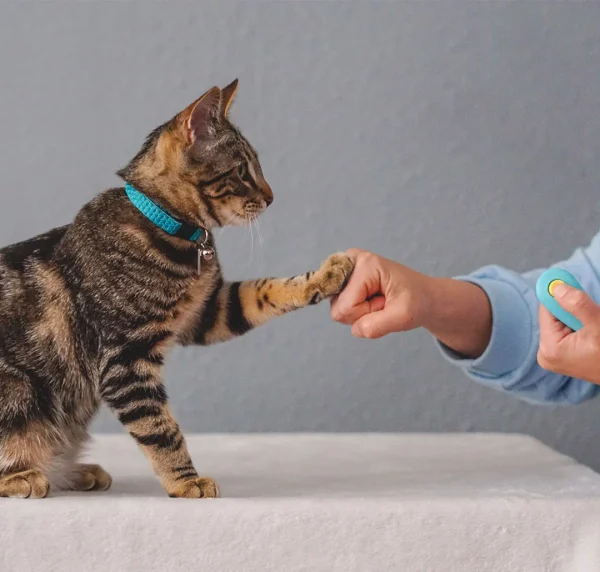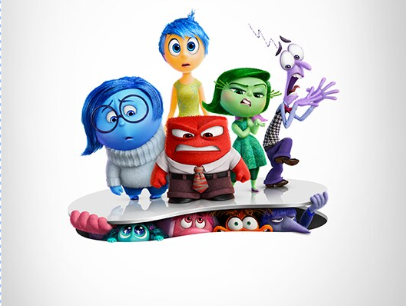Animal Testing: Worth the Sacrifice

October 18, 2018
Imagine a dad sitting at his daughter’s bedside and she’s sick, seriously sick, near death, and the cure is being hidden inside an animal, or the product hasn’t been verified yet. Would you let animals get tested to save human lives? Animals are used in trials to test products we use daily, like shampoos and makeup, as well as medications, like insulin, and treatments like chemotherapies and vaccinations in order to keep us healthy and safe. Animals are tested to ensure our safety. If humans were analyzed the same way and the trials failed, many lives would be hurt or lost due to attempted testing of these products, drugs and treatments. Some animals are evaluated due to the similarities they have in common with us, such as brain function and DNA as well as having a complex system.These commonalities make testing on animals beneficial to humans.l
To begin, animals are tested because they have similarities to humans, such as DNA and brain functions. The text “Should Animals Be Used for Scientific or Commercial Testing?” states, “Chimpanzees share 99% of their DNA with humans, and mice are 98% genetically similar to humans.” These animals are biologically similar making them prone to many of the same diseases and conditions as humans like heart disease and diabetes. This helps researchers to work on curing the disease in the animal and then using that remedy to help save human lives. Studying cells in a petri dish under a microscope can be useful, but too simple. We need to study full systems to see the effects. Referencing the same article above, “Evaluating a drug for side effects requires a full circulatory system to carry the medicine to different organs. Also conditions such as blindness and high blood pressure cannot be studied in tissue cultures.” We need to use animals to corroborate our research and testing of products, drugs and treatments to save lives and find cures and successful treatments for us.
In addition, animals are tested to ensure our safety when using those products, drugs and treatments. If we were being tested humans could get permanently hurt. Of course, animals may react different than us, but they are helpful to find out whether or not we will be safe using these products. The article “Should Animals Be Used for Scientific or Commercial Testing?” tells us that “when testing medicines for potential toxicity, the lives of human volunteers should not be put in danger unnecessarily.” This shows that we should not be at risk for finding a cure or treatment that the volunteer may need.
Women use makeup and other beauty products every day. In the article “Should Animals Be Used for Scientific or Commercial Testing?, The US Food and Drug Administration endorses the use of animal tests on cosmetics to assure the safety of a product or ingredient.” Clearly the FDA sponsors these products and must ensure the safety of these products for use by humans through animal testing.
Furthermore, there are many people who are suffering from medical diseases, and sometimes the treatment is found within animals, or found by animal testing. According to the text “Should Animals Be Used for Scientific or Commercial Testing?”, “experiments in which dogs had their pancreases removed led directly to the discovery of insulin, critical to saving the lives of diabetics.” This provides the information that even though those dogs had their pancreases removed, the millions of people around the world with diabetes had their lives saved. If animal testing wasn’t legal we might not have found a treatment for a long time or ever. Everyone knows someone who’s diabetic. But if insulin wasn’t found they wouldn’t be here today. As you can see these animals are saving people’s lives by being tested. Vaccinations have been found through animal testing as well and according to the article, “Should Animals Be Used for Scientific or Commercial Testing?”, the polio vaccine was one of them. “The polio vaccine, tested on animals, reduced the global occurrence of the disease from 350,000 cases in 1988 to 27 cases in 2016,” clearly showing that animal research has nearly eliminated polio and saved humans from this devastating disease.
In conclusion, animals are tested on because they have similarities to human DNA, brain function and complexity lending to appropriate research to ensure our safety. Human lives should not be put in danger or possibly death when testing products, drugs or treatments. The research on animals has found remarkable medicines and vaccinations for diabetes, polio and so many more that have saved so many lives. It is evident that animal testing has had a positive effect on finding cures and treatments to save, and extend humanity.














